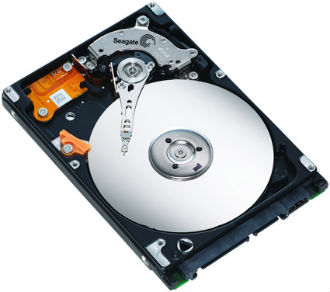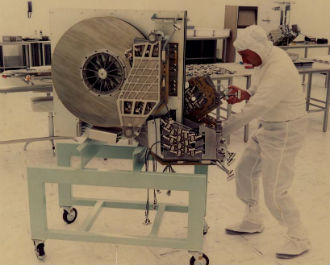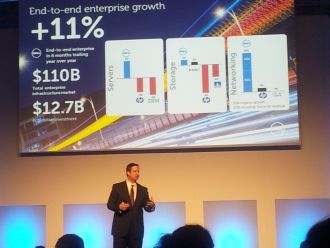 IDC’s worldwide storage tracker has noted that the personal and entry level storage market has shot up 73.4 percent year on year – reaching 20.2 million units shipped in Q1 2013, with shipment value growing 54.1 percent at $1.8 billion.
IDC’s worldwide storage tracker has noted that the personal and entry level storage market has shot up 73.4 percent year on year – reaching 20.2 million units shipped in Q1 2013, with shipment value growing 54.1 percent at $1.8 billion.
In the first quarter, there was both strong shipment and revenue growth. The market has finally recovered from the floods in Thailand several years ago which led to a worldwide shortage in hard disks. Thanks to cheaper average selling prices, better products and more user awareness about the need for storage and back up, the market is picking up nicely.
Personal storage makes up 99.1 percent of shipped PELS units and 89.8 percent of values for the quarter. Dual bay product shipments were up 43.6 percent year on year, but single bay devices are overwhelmingly still the most popular choice at 96.8 percent of all units shipped. Higher bay devices saw growth at 38.2 percent year on year.
3.5″ devices lost some market share to the 2.5″ form factor, declining 2.6 percentage points for the year. 3.5″ and 2.5″ devices did both see shipments increase, at 56 and 79.7 percent respectively.
Consumers are flocking to higher capacity storage, generally. 2TB devices made up 49.9 percent of the 3.5″ personal storage market, while 1TB devices held 50.6 percent market share for 2.5″ devices. 4TB devices had the most market share in the entry level segment at 28.3 percent of units shipped.
USB is still the dominant interface, with an increase of 76.4 percent units shipped. Ethernet grew 68.8 percent. Thunderbolt grew plenty at 5102.7 percent – but with a tiny base.










